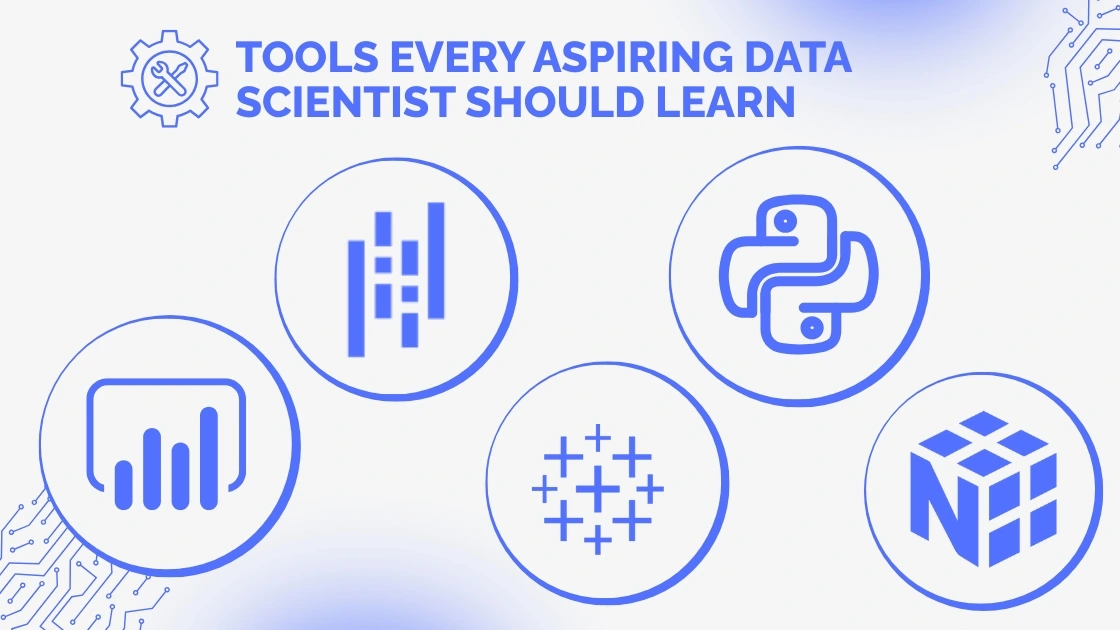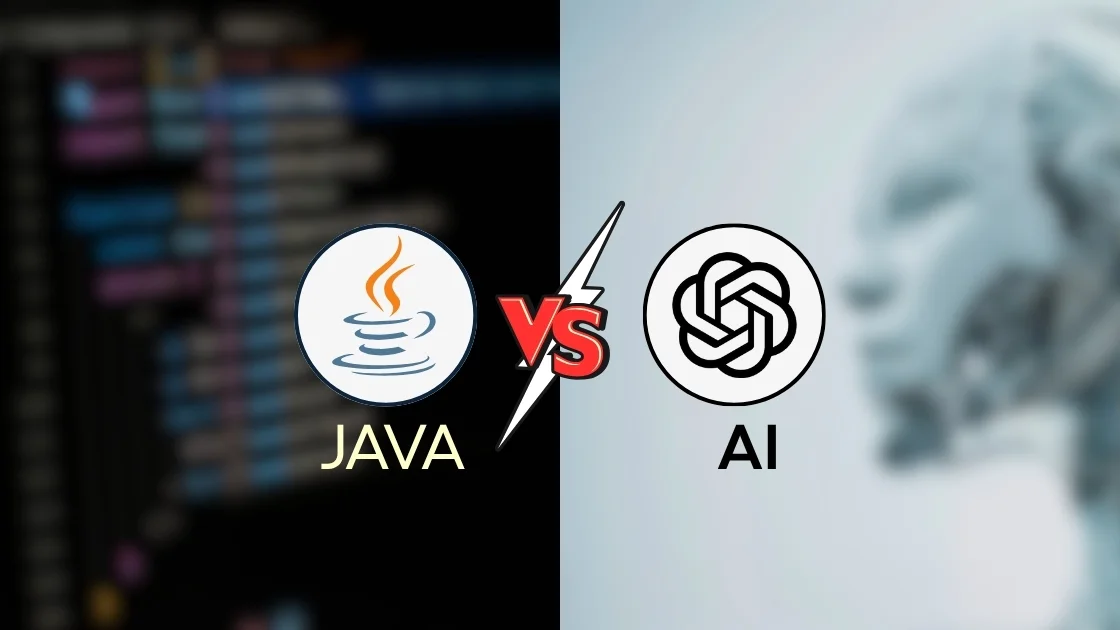Breaking into the field of data science can be both exciting and overwhelming. With its combination of statistics, programming, probability, machine learning, and database management, interview preparation often feels like tackling multiple subjects at once. As a fresher, you may not have years of industry experience, but by strengthening your fundamentals, you can stand out to recruiters.
This blog covers the top 20 data science interview questions and answers for freshers, focusing on the basics of statistics, Python, probability, and SQL. These areas form the foundation of data science, and interviewers often test candidates on these topics to evaluate problem-solving abilities and technical competence.
1. What is Data Science?
Answer: Data Science is a multidisciplinary field that combines statistics, computer science, and domain expertise to extract meaningful insights from data. It involves data collection, cleaning, exploration, modeling, and visualization. Data science helps organizations make data-driven decisions by using techniques like machine learning, statistical analysis, and predictive modeling.
2. Differentiate between Supervised and Unsupervised Learning.
Answer:
- Supervised Learning: Works with labeled data. The algorithm learns from input-output pairs to make predictions. Example: Predicting house prices using past data.
- Unsupervised Learning: Works with unlabeled data. The algorithm finds hidden patterns or groupings. Example: Customer segmentation using clustering.
3. What is Overfitting in Machine Learning?
Answer: Overfitting occurs when a model performs well on training data but poorly on unseen data because it memorizes patterns instead of learning general trends. To prevent overfitting, techniques like cross-validation, regularization (L1, L2), and pruning can be applied.
4. Explain the Central Limit Theorem (CLT).
Answer: The Central Limit Theorem states that when independent random variables are added, their normalized sum tends to follow a normal distribution, regardless of the original distribution. This is crucial in data science because it allows us to make inferences about population parameters using sample data.
5. What is the Difference Between Variance and Standard Deviation?
Answer:
- Variance measures how far data points are spread from the mean, calculated as the average of squared deviations.
- Standard Deviation is the square root of variance, representing data spread in the same units as the original data.
For example, if exam scores vary greatly, both variance and standard deviation will be high.
6. What are Null Values in Data, and How Do You Handle Them?
Answer: Null values represent missing or undefined data. Handling methods include:
- Deletion: Removing rows or columns with excessive nulls.
- Imputation: Replacing with mean, median, mode, or using advanced techniques like KNN imputation.
- Predictive Methods: Using regression or machine learning models to estimate missing values.
7. Explain the Difference Between Python Lists and Tuples.
Answer:
- Lists: Mutable, meaning elements can be changed, added, or removed. Example:
[1, 2, 3]. - Tuples: Immutable, meaning values cannot be altered once assigned. Example:
(1, 2, 3).
Tuples are faster and used when data should remain constant.
8. What is the Difference Between a Primary Key and a Foreign Key in SQL?
Answer:
- Primary Key: A unique identifier for each row in a table. It cannot have null values.
- Foreign Key: A field in one table that refers to the primary key in another table. It helps establish relationships between tables.
9. What is the Difference Between INNER JOIN and LEFT JOIN?
Answer:
- INNER JOIN: Returns records that have matching values in both tables.
- LEFT JOIN: Returns all records from the left table and matching records from the right. If no match is found, NULL values are returned from the right table.
10. What are Python’s Popular Libraries for Data Science?
Answer:
- NumPy: For numerical operations.
- Pandas: For data manipulation and analysis.
- Matplotlib/Seaborn: For data visualization.
- Scikit-learn: For machine learning algorithms.
- TensorFlow/PyTorch: For deep learning applications.
11. Explain the Concept of Probability Distribution.
Answer: A probability distribution describes how the values of a random variable are distributed. Common distributions include:
- Normal Distribution: Bell-shaped, symmetric around the mean.
- Binomial Distribution: Models number of successes in fixed trials.
- Poisson Distribution: Models number of events in a fixed interval.
12. What is Hypothesis Testing?
Answer: Hypothesis testing is a statistical method to determine whether there is enough evidence to reject a null hypothesis (H0). For example, testing whether the average salary of a group is greater than a given value. Techniques include t-tests, chi-square tests, and ANOVA.
13. Differentiate Between Type I and Type II Errors.
Answer:
- Type I Error (False Positive): Rejecting a true null hypothesis.
- Type II Error (False Negative): Failing to reject a false null hypothesis.
For instance, a medical test that wrongly indicates illness when healthy is a Type I error.
14. What is Feature Scaling, and Why is it Important?
Answer: Feature scaling standardizes or normalizes data so that variables contribute equally to model performance. Algorithms like KNN and gradient descent-based models are sensitive to scale. Techniques include Min-Max Scaling and Standardization (Z-score normalization).
15. What is the Difference Between SQL and NoSQL Databases?
Answer:
- SQL Databases: Relational, structured, and use schemas. Example: MySQL, PostgreSQL.
- NoSQL Databases: Non-relational, handle unstructured or semi-structured data. Example: MongoDB, Cassandra.
16. Explain the Difference Between Population and Sample.
Answer:
- Population: Entire dataset of interest (e.g., all students in a country).
- Sample: A subset of the population used for analysis (e.g., 1,000 randomly selected students).
Sampling helps in making conclusions when analyzing the entire population is impractical.
17. What is a P-Value in Statistics?
Answer: The p-value indicates the probability of obtaining results as extreme as the observed results, assuming the null hypothesis is true.
- Low p-value (< 0.05): Reject the null hypothesis.
- High p-value: Fail to reject the null hypothesis.
18. What are Aggregation Functions in SQL?
Answer: Aggregation functions perform calculations on multiple rows and return a single value. Examples:
COUNT()– counts rowsSUM()– sums column valuesAVG()– returns averageMIN()andMAX()– find minimum and maximum values
19. What is the Difference Between Classification and Regression?
Answer:
- Classification: Predicts categorical outcomes (e.g., spam vs. not spam).
- Regression: Predicts continuous outcomes (e.g., predicting house prices).
20. Why is Data Cleaning Important in Data Science?
Answer: Data cleaning ensures accuracy, consistency, and reliability of analysis. Raw data often contains duplicates, missing values, or errors. Without cleaning, models may produce biased or incorrect results. Since 70–80% of a data scientist’s time is spent on cleaning and preparing data, it is considered one of the most critical steps.
Final Thoughts
For freshers aiming to crack a data science interview, focusing on the fundamentals of statistics, probability, Python programming, and SQL is essential. The questions covered here reflect the core concepts recruiters look for when hiring entry-level candidates.
By practicing these questions and working on small projects, you can showcase your skills effectively. Remember, employers value problem-solving, curiosity, and the ability to learn quickly just as much as technical expertise. A clear understanding of basics will lay a strong foundation for your data science career.











